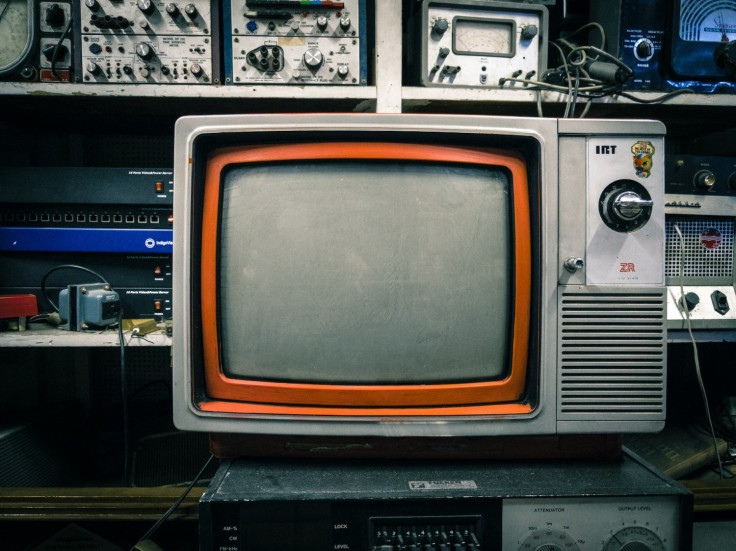Prior to the 1980s, radio was the dominant form of mass communication. Almost everyone had access to a radio and listened to it on a regular basis. When MTV debuted "Video Killed the Radio Star" by The Buggles on August 1, 1981, the music industry was changed forever. The song was groundbreaking because it popularized the use of synthesizers and digitally produced sounds.
The title of the song alludes to the widespread fear that the proliferation of music videos on television would spell the end for radio as a viable medium. Because of the development of televisions, the song alludes to the doom that awaits radio. Thus, the battle between radio and television began. However, was the future actually foretold by this pivotal time in music?
It's not, to put it briefly. Radio is still going strong in 2022, despite the fact that the average internet user now spends over an hour every day viewing movies online. In 2022, 122 million Americans are still reached via radio each month. This may be explained, in part, by the fact that radio listeners tend to skew older.
It appears from the data that radio is still frequently used. Because of this, we need to evaluate the survival of radio in an era that is often believed to be dominated by video. The popularity of radio over video seems to defy explanation. Considering the prevalence of digital media today, how have radio and video adapted? Also, how much has video not destroyed the radio star but instead imitated it?
Video as a Dominant Medium

Bob Goldstone, proprietor of Budget Records in Yakima, Washington, was quoted as stating, "Radio is a skeleton." He stated that the arrival of MTV was the best thing that could have occurred. According to him, before MTV, their consumers had to go to Seattle, a distance of 150 miles each way, to view touring performers.
However, just 1.5 million homes received MTV programming in its first year, thus its initial penetration was low. By 1982, however, MTV had stoked the flames of the Second British Invasion, propelling British music to new heights of popularity in the United States.
Radio had to change or be "killed" by video, and it did. Those who heard a song they liked on MTV often called radio stations to request it. Although interest in British music would eventually decline, MTV's long-term impact on popular music trends would not.
The rapid advancement of technology allowed for the meteoric ascent and subsequent fall of MTV. The channel's ratings have been on the decline in recent years as it has shifted its focus to a younger, "digital native," audience.
Radio is Still Alive
The subject extends much beyond the realm of music videos, therefore there are various angles from which to examine it. The proliferation of videos has spread from traditional media like MTV to the online world.
Furthermore, it is unclear how other popular types of audio material should be categorized. The digital radio audience now outnumbers the analog radio audience. Then, is it true that radio has just needed to make some minor adjustments, much as how video has evolved through time? There's also the matter of whether or not podcasts and other similar forms qualify as "new radio."
This argument has an almost infinite number of moving parts. However, one fact is undeniable: radio is still very much a part of our daily lives.









